What Do U Mean by Mobile Application Development? Find Out!
Mobile application development is a vital process that encompasses the creation of software applications designed to run on mobile devices such as smartphones and tablets. This multifaceted discipline involves several stages, from initial concept to deployment, and requires a blend of technical skills and creativity. Understanding the concept of mobile application development requires familiarity with its key components:
- Planning and Strategy: Every successful app begins with a clear roadmap. This phase includes identifying the target audience, defining the app’s purpose, and conducting market research to understand user needs.
- Design: The design phase focuses on creating an intuitive user interface (UI) and an engaging user experience (UX). It is essential to ensure that the app is visually appealing and easy to navigate.
- Development: This is where the technical work happens. Developers use programming languages such as Java for Android or Swift for iOS to build the app’s functionality. At NS804, we utilize agile methodologies to ensure flexibility and timely delivery.
- Testing: Rigorous testing is crucial to identify bugs and ensure optimal performance. This phase includes functional testing, performance testing, and user acceptance testing.
- Deployment and Maintenance: Once the app passes all tests, it is launched on app stores. However, the work doesn’t stop there; regular updates and maintenance are necessary to enhance performance and user satisfaction.
By understanding these components, businesses and entrepreneurs can better appreciate the intricacies of mobile application development. If you’re looking to bring your app idea to life, get a free quote today!
Key Components of Mobile App Development Process
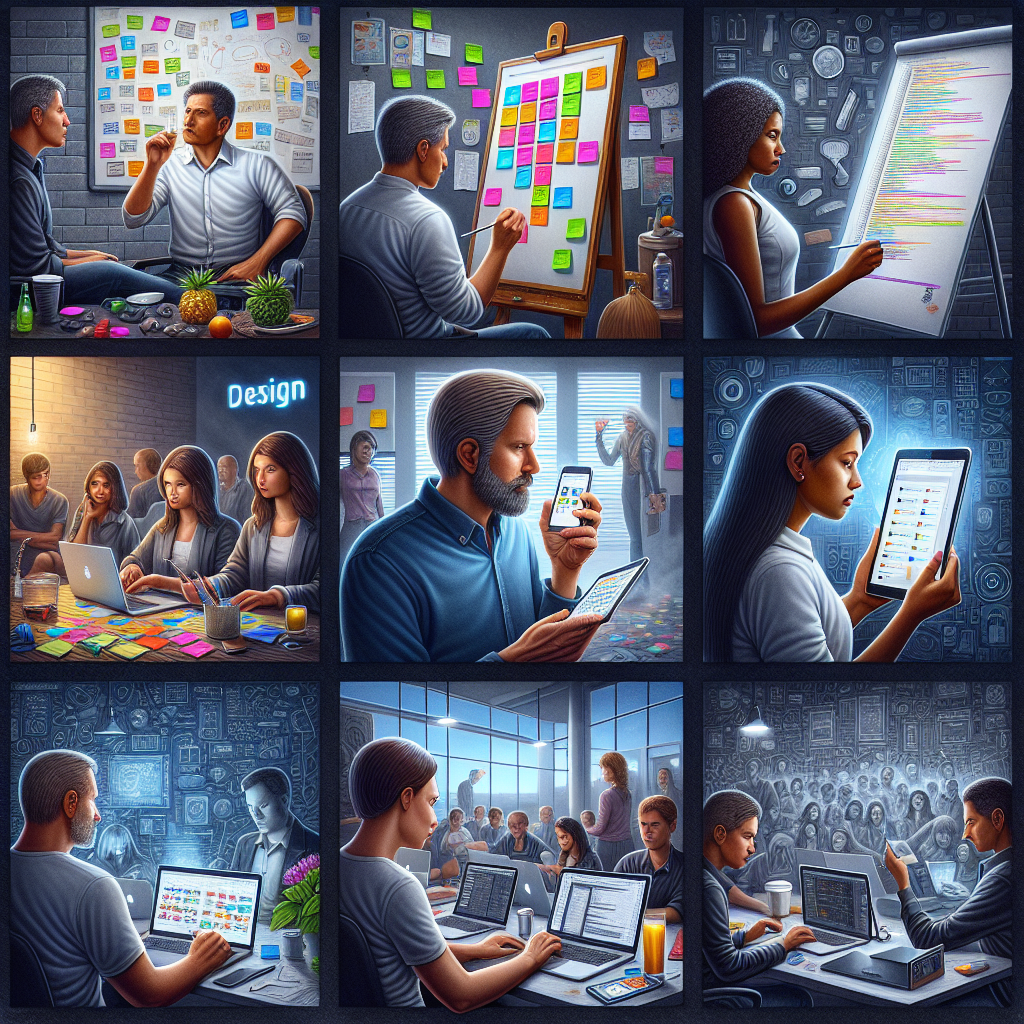
The mobile app development process is composed of several key components that ensure the creation of a high-quality application. Each stage plays a crucial role in transforming an idea into a fully functional app. Understanding these components can help stakeholders streamline their projects and achieve their objectives more efficiently.
- Research and Analysis: This initial stage involves gathering information about market trends, user preferences, and competitors. Conducting surveys and interviews can provide valuable insights that shape the app’s features and functionalities.
- Wireframing: Wireframes serve as blueprints for the app, illustrating the layout and flow of the user interface. This stage helps visualize how users will interact with the app, allowing for adjustments before moving to high-fidelity designs.
- UI/UX Design: A well-designed app is visually appealing and easy to use. UI/UX designers create engaging designs that focus on aesthetics and functionality, ensuring users have a seamless experience while navigating the app.
- Development: During this phase, developers write the code that brings the designs to life. They implement the app’s features, integrate APIs, and ensure compatibility with various devices and operating systems.
- Testing: Comprehensive testing is vital to identify and fix bugs before launch. This phase includes beta testing, where real users can provide feedback and help improve the app’s performance.
- Deployment: After thorough testing, the app is ready for launch. Developers submit the app to app stores, ensuring it meets all guidelines and requirements.
- Post-Launch Maintenance: Once the app is live, ongoing support is necessary. Regular updates, bug fixes, and user feedback integration ensure the app remains relevant and functional.
Each of these components is interconnected and contributes to the overall success of the mobile application. Collaborating effectively throughout the process can result in a product that not only meets but exceeds user expectations.
Different Types of Mobile Applications Explained
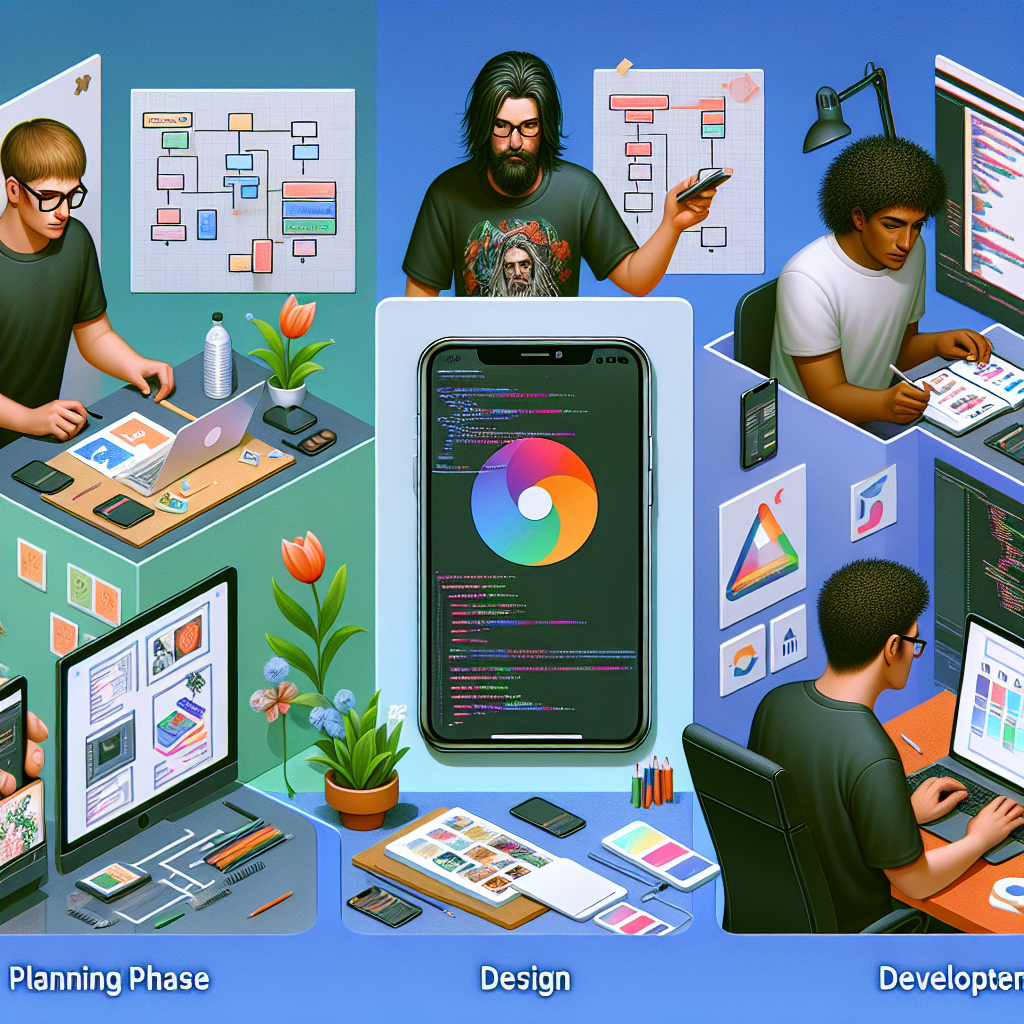
Mobile applications can be categorized into several types based on their development approach, functionality, and the platform they run on. Understanding these types is essential for businesses looking to create an app that effectively meets their target audience’s needs.
- Native Applications: These apps are developed specifically for a single platform, such as Android or iOS, using platform-specific languages like Java or Swift. Native apps provide high performance and a seamless user experience, making them ideal for applications requiring extensive functionality.
- Hybrid Applications: Hybrid apps combine elements of both native and web applications. They are built using web technologies like HTML, CSS, and JavaScript and wrapped in a native container. This approach allows for cross-platform compatibility while still enabling access to device features.
- Web Applications: Web apps are essentially websites optimized for mobile devices. They run on a web browser and do not require installation from an app store. While they are easy to deploy and maintain, web apps generally offer less functionality compared to native or hybrid apps.
- Progressive Web Applications (PWAs): PWAs are a newer category that combines the best features of web and native apps. They offer offline access, push notifications, and can be added to the home screen like native apps while being accessible through a web browser.
- Game Applications: This category focuses specifically on gaming experiences. Game apps can be native, hybrid, or web-based, but they prioritize graphics, interactivity, and user engagement. They often require complex programming and design to create immersive experiences.
Choosing the right type of mobile application is crucial for achieving business goals and delivering a positive user experience. Each type has its advantages and disadvantages, and the decision should be guided by the app’s purpose, target audience, and required features.
Technologies Used in Mobile App Development
The landscape of mobile app development is constantly evolving, driven by advancements in technology that enhance user experience and streamline the development process. Several key technologies are widely utilized in mobile app development, each playing a vital role in creating high-quality applications.
- Programming Languages: The choice of programming language is foundational to mobile app development. For Android apps, Java and Kotlin are the primary languages, while Swift and Objective-C are used for iOS apps. These languages provide the necessary tools to build robust and efficient applications.
- Frameworks: Frameworks facilitate faster development by providing predefined components and libraries. Popular frameworks include React Native for building cross-platform apps, Flutter for creating natively compiled applications, and Xamarin which allows developers to use .NET and C#.
- Databases: Mobile apps often require data storage solutions. Technologies like Firebase, SQLite, and Realm offer efficient ways to manage and store data, ensuring quick access and synchronization across devices.
- APIs: Application Programming Interfaces (APIs) allow different software components to communicate. RESTful APIs and GraphQL are commonly used to enable mobile applications to interact with backend services, ensuring smooth data transfer and functionality.
- Cloud Services: Cloud technology is integral for enhancing app capabilities and scalability. Services like AWS, Google Cloud, and Microsoft Azure provide storage, analytics, and machine learning functionalities that can be integrated into mobile applications.
By leveraging these technologies, developers can create mobile applications that are not only efficient and scalable but also capable of delivering an exceptional user experience. Staying updated with the latest technologies is essential for developers aiming to build competitive and innovative mobile solutions.
Best Practices for Successful Mobile App Development
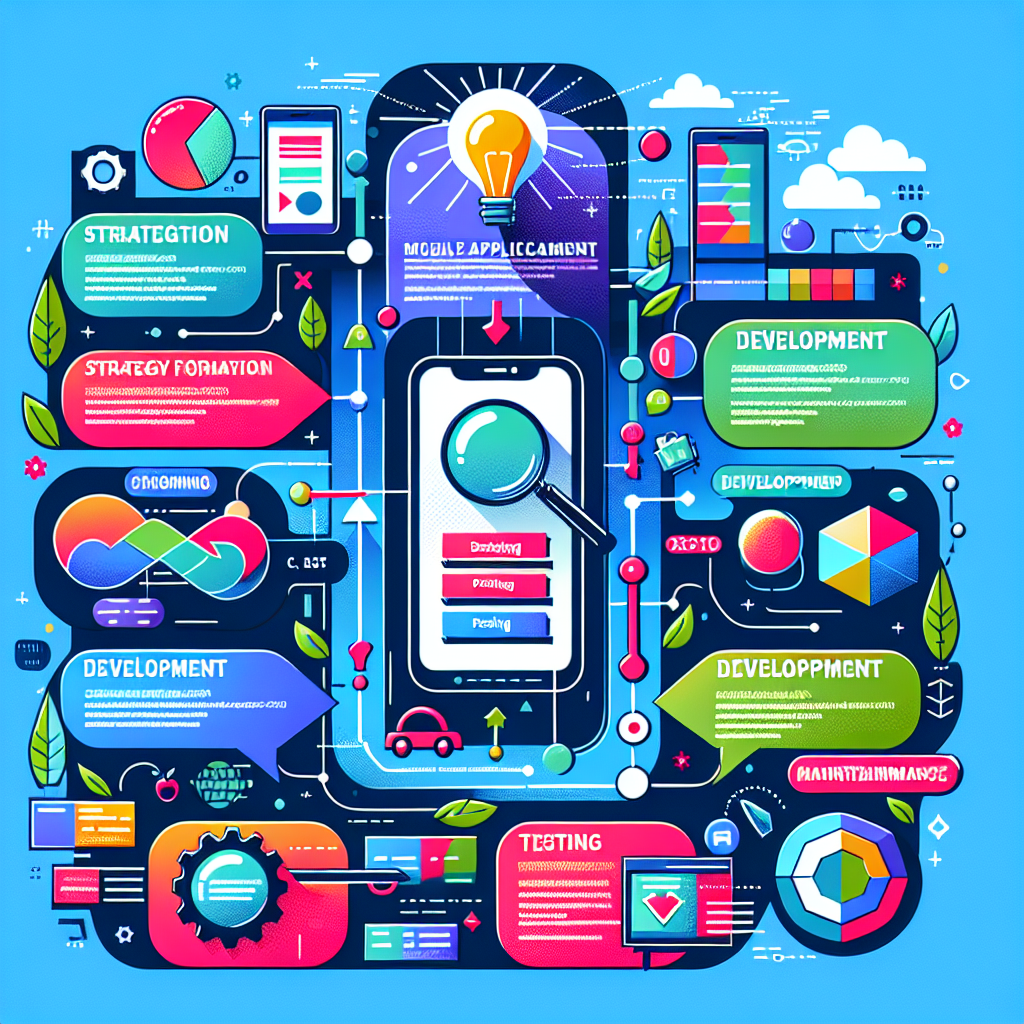
Creating a successful mobile application requires more than just technical skills; it involves adhering to best practices that enhance functionality, usability, and overall user satisfaction. Here are some best practices to follow in mobile app development:
- User-Centric Design: Prioritize the user experience by adopting a user-centric design approach. Conduct user research and testing to understand the needs and preferences of your target audience, ensuring that the app is intuitive and easy to navigate.
- Performance Optimization: An app’s performance significantly affects user retention. Optimize loading times, reduce memory usage, and ensure smooth transitions. Utilize tools for performance testing and make necessary adjustments to deliver a fast and responsive app.
- Security Measures: With increasing concerns about data privacy, implementing robust security measures is crucial. Use encryption for sensitive data, validate user inputs, and ensure compliance with industry standards to protect user information.
- Regular Updates: Keep the app relevant and functional by providing regular updates. These updates should include bug fixes, new features, and performance improvements based on user feedback. This practice not only enhances user satisfaction but also fosters loyalty.
- Comprehensive Testing: Rigorous testing is essential to identify and rectify issues before launch. Implement various testing methods, including unit testing, integration testing, and user acceptance testing, to ensure the app functions correctly across different devices and platforms.
- Effective Marketing Strategies: Launching an app is just the beginning; effective marketing strategies are essential for user acquisition. Utilize social media, content marketing, and search engine optimization to increase visibility and attract potential users.
By following these best practices, developers can significantly increase the chances of creating a successful mobile app that not only meets user expectations but also stands out in the competitive market.
The Future of Mobile Application Development
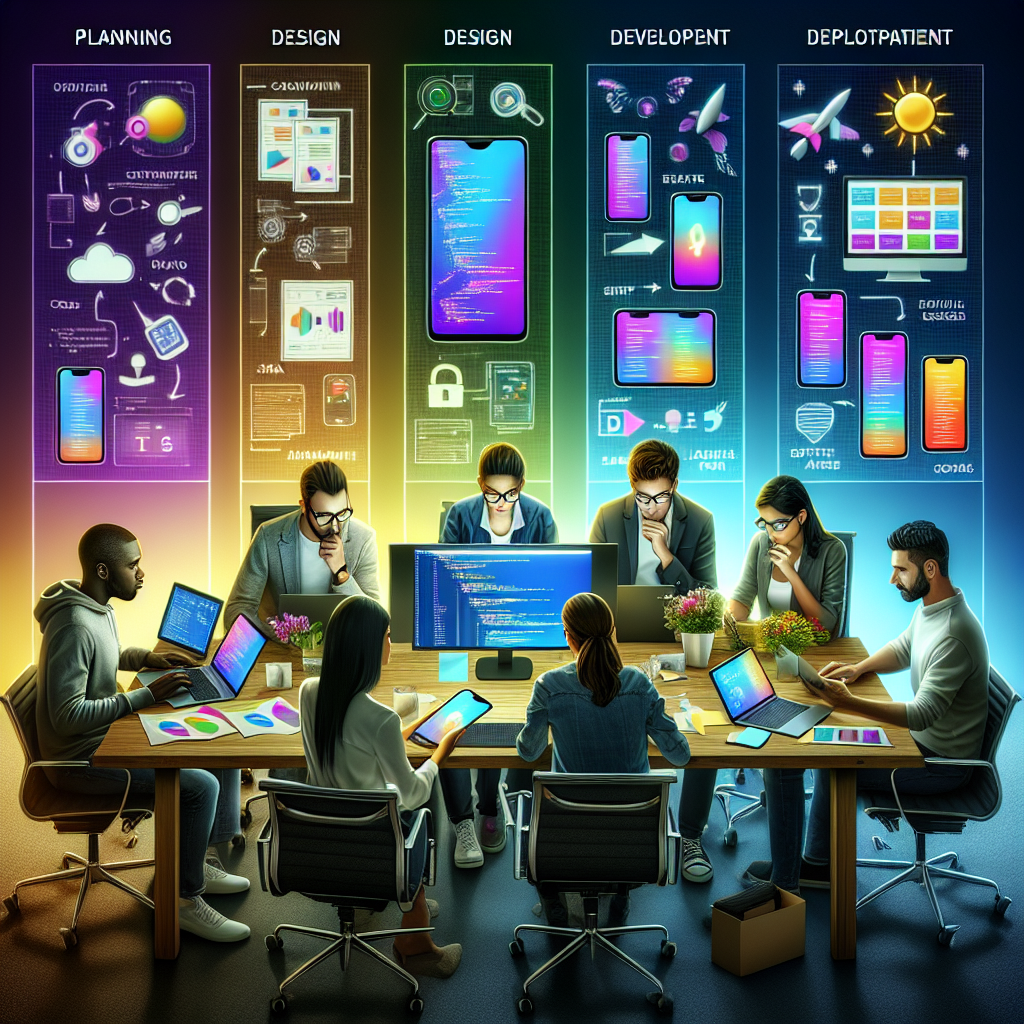
The landscape of mobile application development is continuously evolving, driven by technological advancements and changing consumer expectations. As we look towards the future, several trends are shaping the direction of app development:
- Artificial Intelligence (AI) Integration: AI is expected to play a pivotal role in enhancing user experiences through personalized recommendations, chatbots, and predictive analytics. By incorporating AI, apps can offer more tailored functionalities that meet individual user needs.
- Cross-Platform Development: The demand for apps that function seamlessly across multiple platforms is growing. Tools like React Native and Flutter allow developers to create apps that work on both iOS and Android with a single codebase, saving time and resources.
- Internet of Things (IoT) Compatibility: As IoT devices proliferate, integrating mobile apps with smart devices will become crucial. Developers will need to ensure that their applications can communicate and interact with a variety of connected devices.
- Augmented Reality (AR) and Virtual Reality (VR): AR and VR technologies are set to revolutionize user interaction with apps. Industries such as gaming, retail, and education will leverage these technologies to provide immersive experiences, enhancing engagement.
- 5G Technology: The rollout of 5G networks will enable faster data transfer and improved app performance. This enhancement will lead to richer user experiences, particularly in areas like streaming, gaming, and real-time collaboration.
As these trends unfold, businesses and developers must stay agile and adapt to the new technological landscape. By embracing innovation and focusing on user-centric designs, mobile applications can thrive in this dynamic environment. Get a free quote today to discuss how NS804 can help you navigate the future of mobile application development.

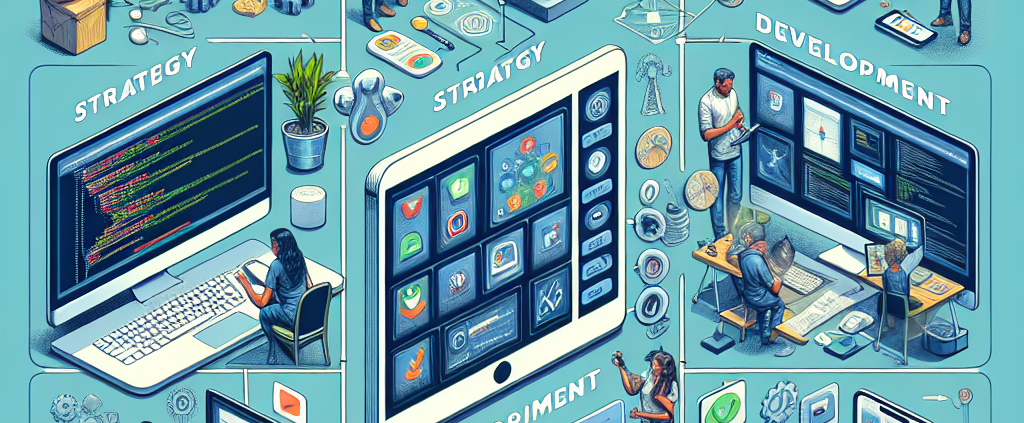



Leave a Reply
Want to join the discussion?Feel free to contribute!